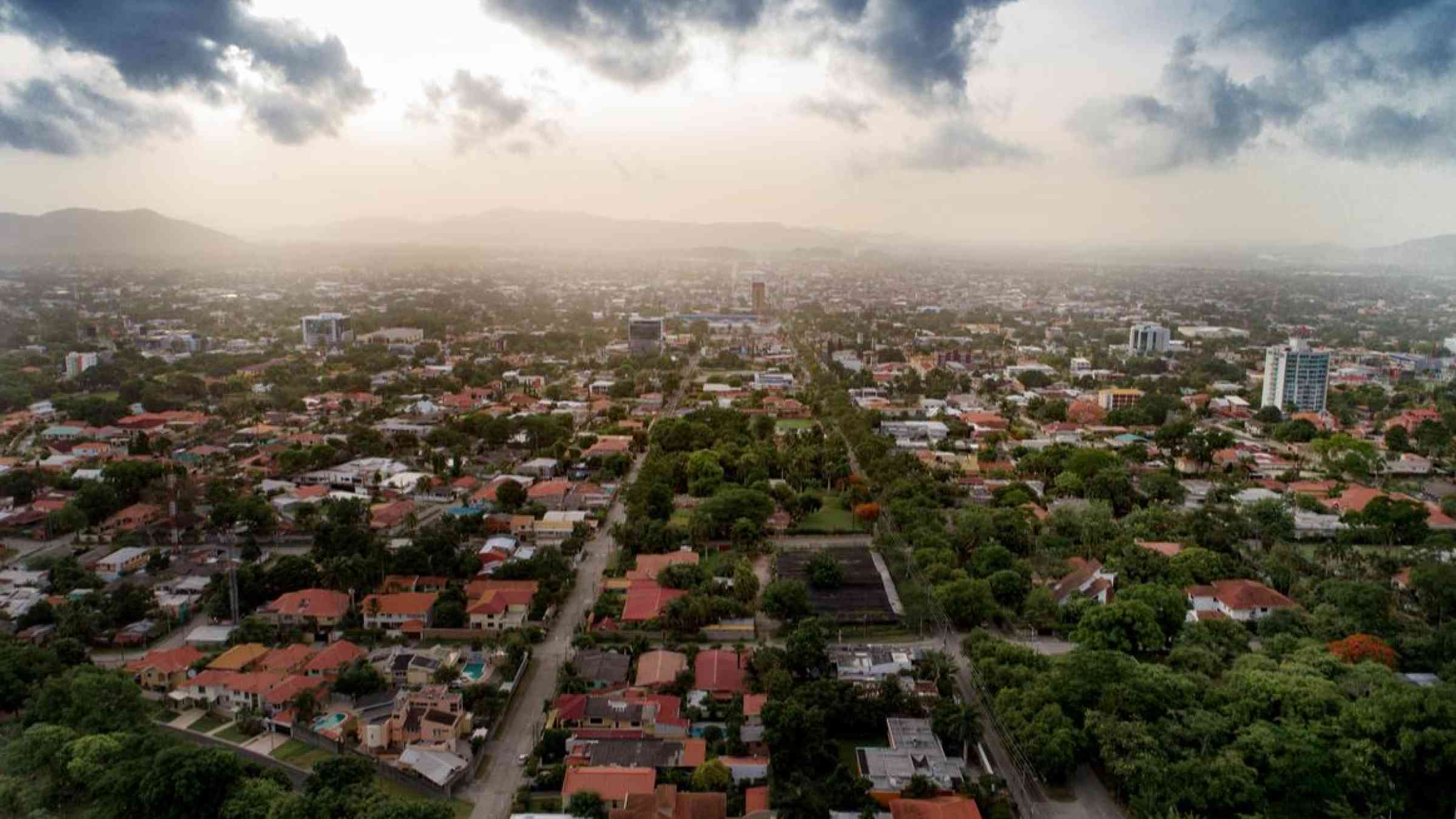From climate risks to adaptation - Climate risk analysis supports adaptation to flooding in Honduras

San Pedro Sula is the second largest city in Honduras and the industrial centre of the country. The city is severely affected by hurricanes, tropical storms and flooding. Extreme weather events and natural catastrophes regularly destroy housing and infrastructure, and cause water drainage systems to collapse. In recent years, they have become more frequent and intense due to the effects of climate change and other stressors. Particularly vulnerable neighbourhoods suffer from large flooding caused by heavy rainfall and hurricanes. This is why flood risk is an important part of the “Master Plan for Municipal Development”, which the municipality developed to address the challenge of climate change.
To respond effectively to the complexity and uncertainties of these climate-related impacts and thus strengthen the resilience of the affected population in San Pedro Sula against the negative impacts of flood, a project team consisting of the United Nations University - Institute for Environment and Human Security (UNU-EHS) in cooperation with the InsuResilience Solutions Fund (ISF) and funded by KfW Development Bank on behalf of the Ministry for Economic Cooperation and Development (BMZ) implemented a climate risk analysis in San Pedro Sula. This is based on the methodology of the Economics of Climate Adaptation (ECA) framework and the risk modelling platform CLIMADA.
The ECA framework offers a helpful tool to assess and prioritize different climate adaptation options. It quantifies the economic and social-economic costs of climate risks but also identifies the most cost-effective adaptation measures in order to foster resilience against climate change. Working closely with the local government and key stakeholders, the project team collected and validated data, which was transformed into concrete scenarios on current and future climate impacts, and recommended flood adaptation options. The aim of the ECA methodology is not only to identify effective solutions, but also to assess their economic benefits and feasibility.
A total of 14 flood adaptation measures were identified and validated by the municipality. Based on the cost-benefit analysis, the following measures were particularly recommended: Drainage system improvements and maintenance, reforestation along riverbeds, and the construction of vegetated swales in the most flood-prone areas of the city. Additionally, the study concluded that the municipality would benefit from further investments into climate risk related data, improving the weather monitoring network and early warning systems.
On the one hand, the results provide important information for municipalities on where to intensify adaptation investments, which measures to prioritise and where additional climate risk financing can help build resilience to climate risks. On the other hand, international financing institutions, such as KfW, can use the results as a basis for feasibility studies, which are necessary to support the municipality in accessing finance for climate adaptation measures.